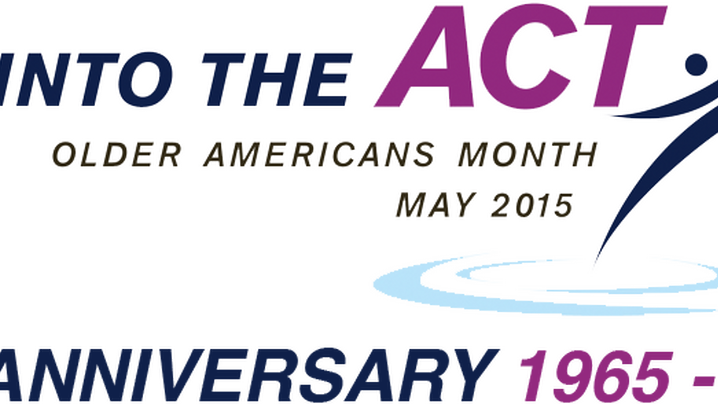
This year is the 50th anniversary of the Older Americans Act which was passed by Congress to provide comprehensive services for older adults and establish a federal entity, the Administration on Aging, tasked with delivering these services. Since the passage of the Older Americans Act, local governments have been able to provide a higher standard of living for older adults through improved social services and earmarking of funds. Today, the Administration on Aging is responsible for overseeing social services and programs in communities all over the country, such as Meals on Wheels, which reach a large number of Americans.
Creating a livable community for older adults requires not only robust social services, but also taking into account the built environment as well as the social environment. As such, planning for an age-friendly community must include considerations for homes, buildings and public spaces that are accessible as well as a wealth of community activities that serve older adults. Older adults will make up an increasingly large portion of communities and wield sizeable economic and electoral influence. In NRC’s home state of Colorado, adults over age 65 contributed over $13 billion to the economy with $6.2 billion in paid contributions and $7.5 billion in unpaid economic contributions in 2010.
Based on the findings of a recent administration of The Community Assessment Survey for Older Adults (CASOA) in Larimer County, CO, older Americans’ report their own engagement is declining with fewer older adults opting to attend local public meetings while also using senior centers less. Although older adults have exhibited a decline in attendance at local public meetings and volunteerism, their voting engagement remains high; in the study, 93% of older adults report voting in local elections. This is just one reminder that older adults wield a significant influence in their communities and impact daily life.
In this same Larimer County survey comparing 2014 results to 2010 results, older adults rated recreation amenities highly as well as giving high ratings to employment opportunities. Staying active and involved benefits older adults on an individual level as well as contributing to the overall vibrancy and health of the community. After retirement, many older adults work part time and continue to be a notable portion of the workforce; many older adults bring a wealth of skills and experience from a wide range of industries. The reality of older adults in the workforce stands in contrast to a widespread misconception of older adults as a drain on the local economy and budget.
Of the several factors contributing to the quality of life enjoyed by older adults in their communities, the ability to age in place is one of the most important. Building considerations such as universal design provide design features for homes that allow older adults to remain in their homes as they age while not having any of the home’s functionality become inaccessible. Homes designed with aging in mind eliminate the financial burden of design retrofits and remodels as well as the pain of needing to move from a beloved home. An act as simple as amending design codes or encouraging universally-designed homes allows for a substantial increase in the quality of life for a large portion of the community.
Older Americans Month is a good, and much-needed, opportunity to assess the age-friendliness of our communities and make commitments to improving life for this growing demographic. The improvements we make for older adults will also benefit everyone and provide manifold returns. At NRC, we continue measuring the livability of communities from the perspectives of the residents for whom local governments plan. What is livable must be understood from answers to penetrating questions that reveal what is working and what still needs help. CASOA has become an essential tool designed to help planners know what residents think are age friendly and livable places.
New, Reduced Membership Dues
A new, reduced dues rate is available for CAOs/ACAOs, along with additional discounts for those in smaller communities, has been implemented. Learn more and be sure to join or renew today!
